Best Road Trips in the USA: Texas
Discover the must-see destinations of Texas Hill Country, the Texas Coast and more.
 This map is not to scale and is not intended for use in navigation.
Kelsey Davis, i2iart.com
This map is not to scale and is not intended for use in navigation.
Kelsey Davis, i2iart.com
We’re heading out on the road to visit the grand sights of the Lone Star State. Our travel guide takes you through the state that’s second-largest in both land mass and population.
The state’s sheer size as well as its diverse landscapes make it a perfect road trip destination. On our eight-stop Texas road trip itinerary, you’ll experience the beaches of South Padre Island and Galveston, the deserts and canyons of Marfa near Big Bend National Park, the vibrant metroplex of Dallas-Fort Worth, and the cool Hill Country vibes of Austin.
So, grab your cowboy boots and hat. We’re hitting the road, Texas style.
Dallas, TX
We start our Texas adventure in Dallas, located in north-central Texas. The Dallas-Fort Worth metroplex is the fifth-largest metro area in the United States.
Our first stop in Big D is a building that will catch your eye as you enter downtown. The Perot Museum of Nature and Science is a modern, cube-shaped 180,00-square-foot building dedicated to inspiring minds through nature and science. Here, you can partake in robot competitions, experience a simulated earthquake, and explore the links between dinosaurs and modern-day birds.
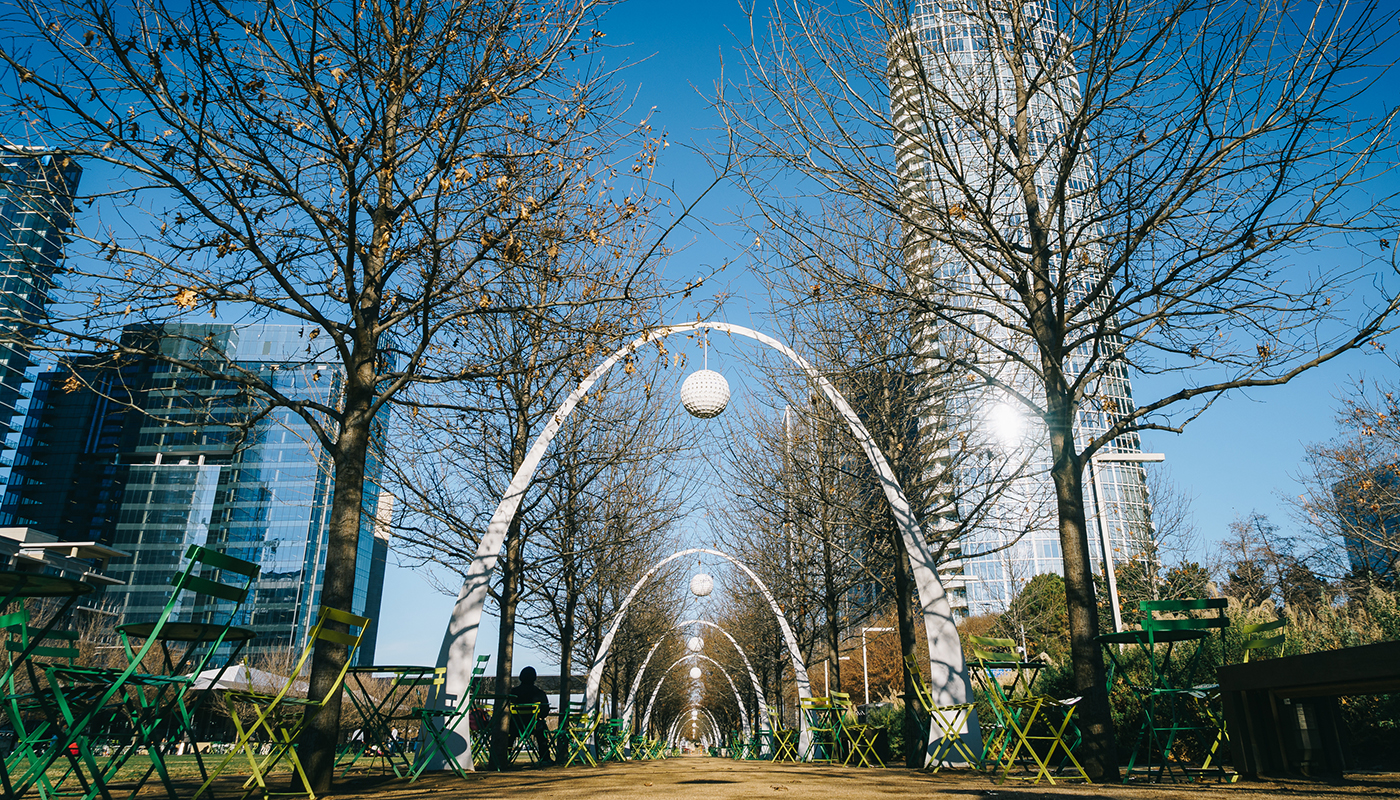 iStock
iStock
It’s a short walk to Klyde Warren Park (above), a 5.2-acre deck park built in downtown Dallas over the recessed Woodall Rodgers Freeway. The area features a children’s playground; a dog park; an interactive water feature; and a food truck pavilion, where you can find some of the best grilled cheese sandwiches at Ruthie’s Rolling Cafe.
Finally, The Sixth Floor Museum at Dealey Plaza houses a wealth of information about one of the most significant events in American history: the assassination of President John F. Kennedy. To learn more, view a series of exhibits about the assassination and the legacy of President Kennedy at the museum, or try a van tour to travel back in history. After these tours, you won’t be far from the AAA-discounted Sherraton Hotel.
Dallas is full of presidential history and is home to the George W. Bush Presidential Center. This library and presidential center, on the campus of Southern Methodist University, feature exhibits from President George W. Bush’s eight-year presidency. There are photos and artifacts from Sept. 11, 2001; a gown that first lady Laura Bush wore to a state dinner in honor of Queen Elizabeth II of Great Britain; and a replica of President Bush’s oval office.
Finish off your time at the Dallas Arboretum and Botanical Garden. This sprawling 66-acre park is an urban oasis. You can spend all day there, but be sure to stop by the Rory Meyers Children’s Adventure Garden for kid-friendly exhibits that connect children with nature, snap a photo under the sweeping trees of the Crape Myrtle Allee and enjoy the cool shade of the Lay Family Garden.
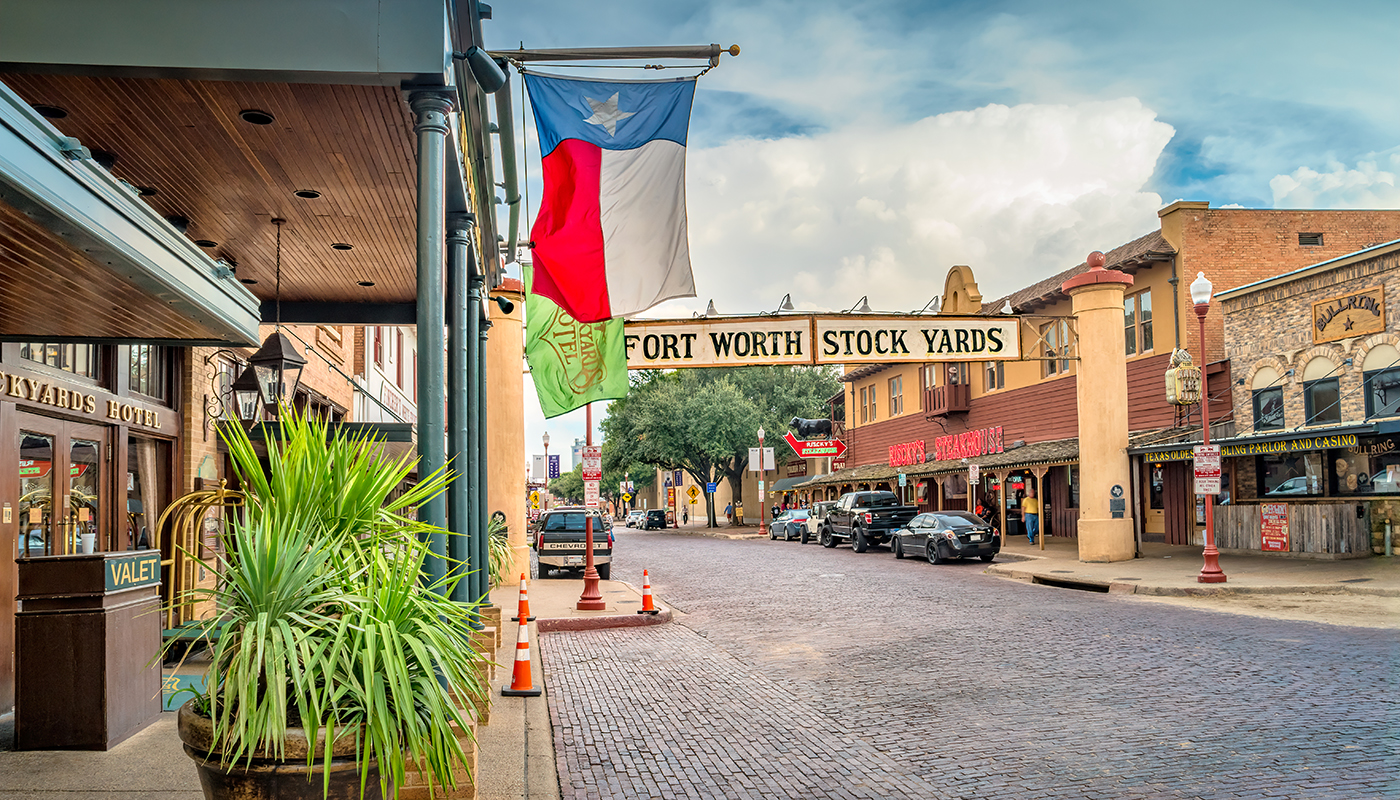 iStock
iStock
Fort Worth, TX
Less than 50 miles west of Dallas is Fort Worth, the next city on our Texas adventure. Begin your tour of the city, nicknamed Cowtown, in the Fort Worth Stockyards National Historic District, which makes you feel like you’ve stepped back in time. Here you can stroll down original brick walkways and see wooden corrals and buildings constructed around the turn of the 20th century. Be sure to catch the longhorn cattle drives down East Exchange Avenue at 11:30 a.m. and 4 p.m. daily (weather permitting).
The nearby Kimbell Art Museum displays a world-renowned art collection set among beautiful architecture. The museum features significant pieces by Claude Monet, Pablo Picasso, Henri Matisse and Michelangelo, to name a few.
Next, you won’t want to miss the Fort Worth Zoo. This 64-acre park is known for its efforts in Asian elephant conservation. In 1998, the zoo helped establish the International Elephant Foundation, dedicated to the survival of the world’s elephant species through conservation, fieldwork and research.
The final stop in Fort Worth takes us downtown to the Fort Worth Water Gardens. This scenic park features three pools designed by renowned American architect Philip Johnson. Take a moment to enjoy the serenity of the Quiet Pool before getting back on the road for the rest of your Texas journey.
Don’t miss your chance to get your kicks on Route 66 with a detour through West Texas. Although the remaining part of the original Route 66 was replaced by Interstate 40 in 1985, you’ll encounter cities like Shamrock and McLean that remain virtually unchanged since the halcyon days of Route 66.
Continuing on Route 66 through Amarillo will take you past roadside attraction Cadillac Ranch, a public art installation of 10 classic Cadillacs buried nose-down in a field.
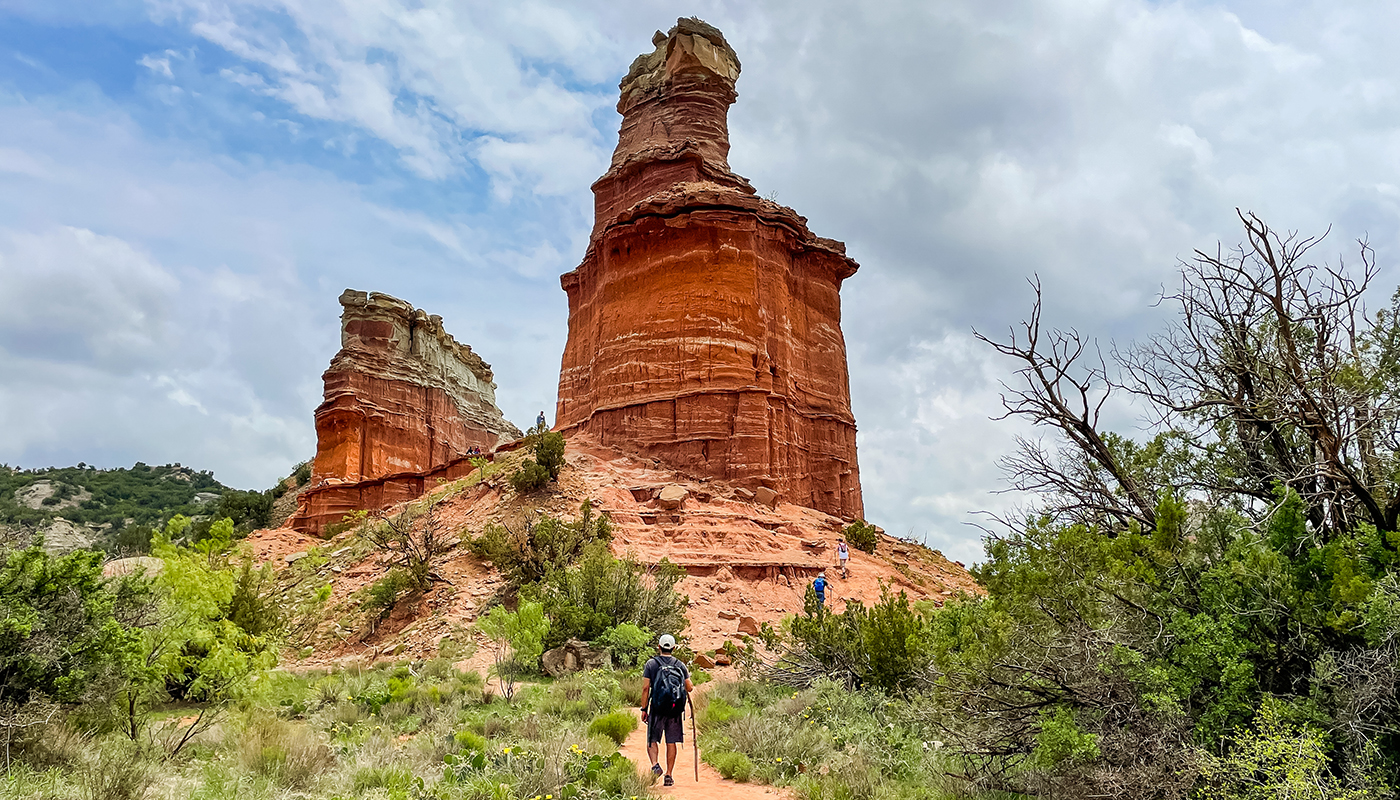 iStock
iStock
Just south of Amarillo, Palo Duro Canyon State Park (above) is home to the second-largest canyon in the United States—only the Grand Canyon is larger.
Save on lodging. Find hotels and motels partnered with AAA for discounted rates.
See Your Options >>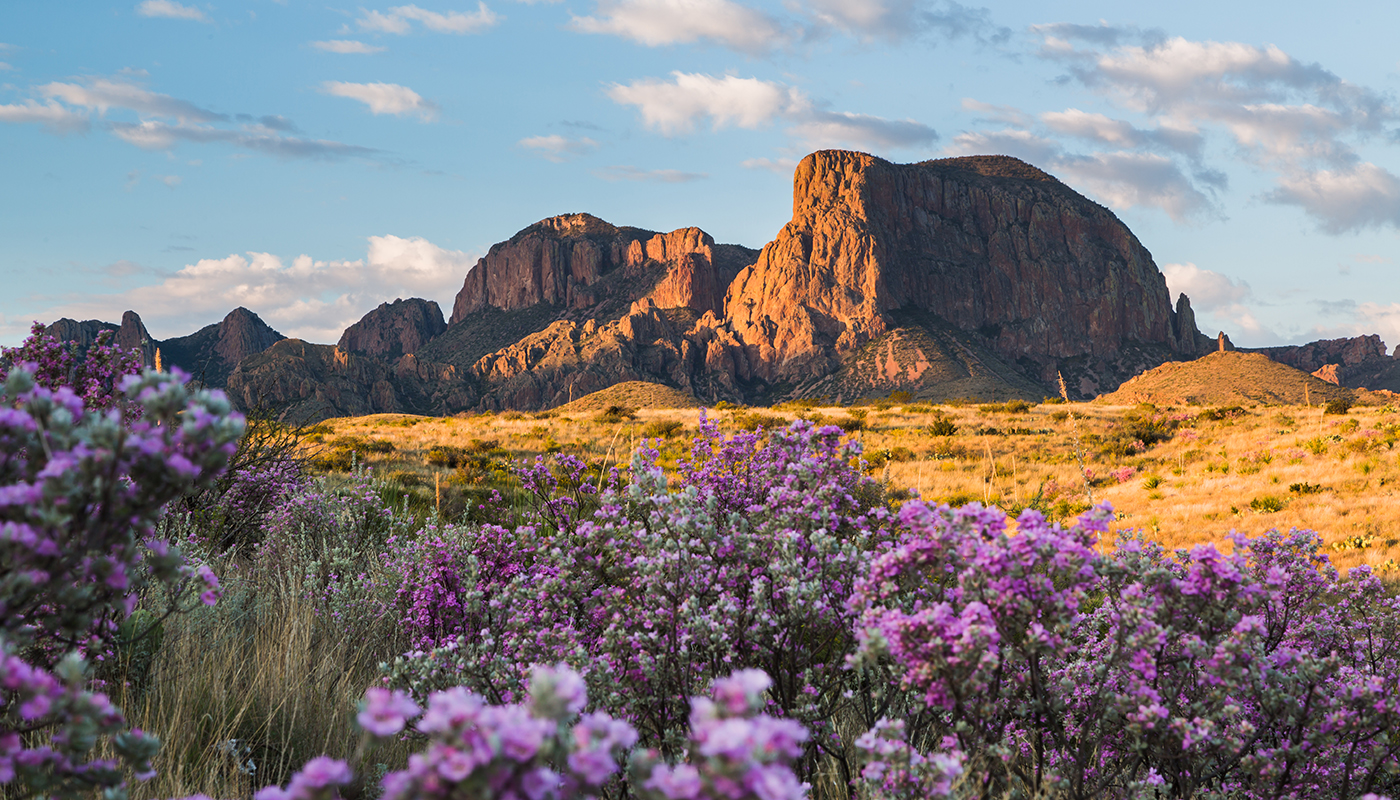 iStock
iStock
Big Bend National Park
After passing through West Texas including oil boomtowns Midland and Odessa (where the book and subsequent TV show Friday Night Lights were based) on the long trek to Big Bend, you’ll have views of the Chisos Mountains (above), Abilene and Big Spring out your window.
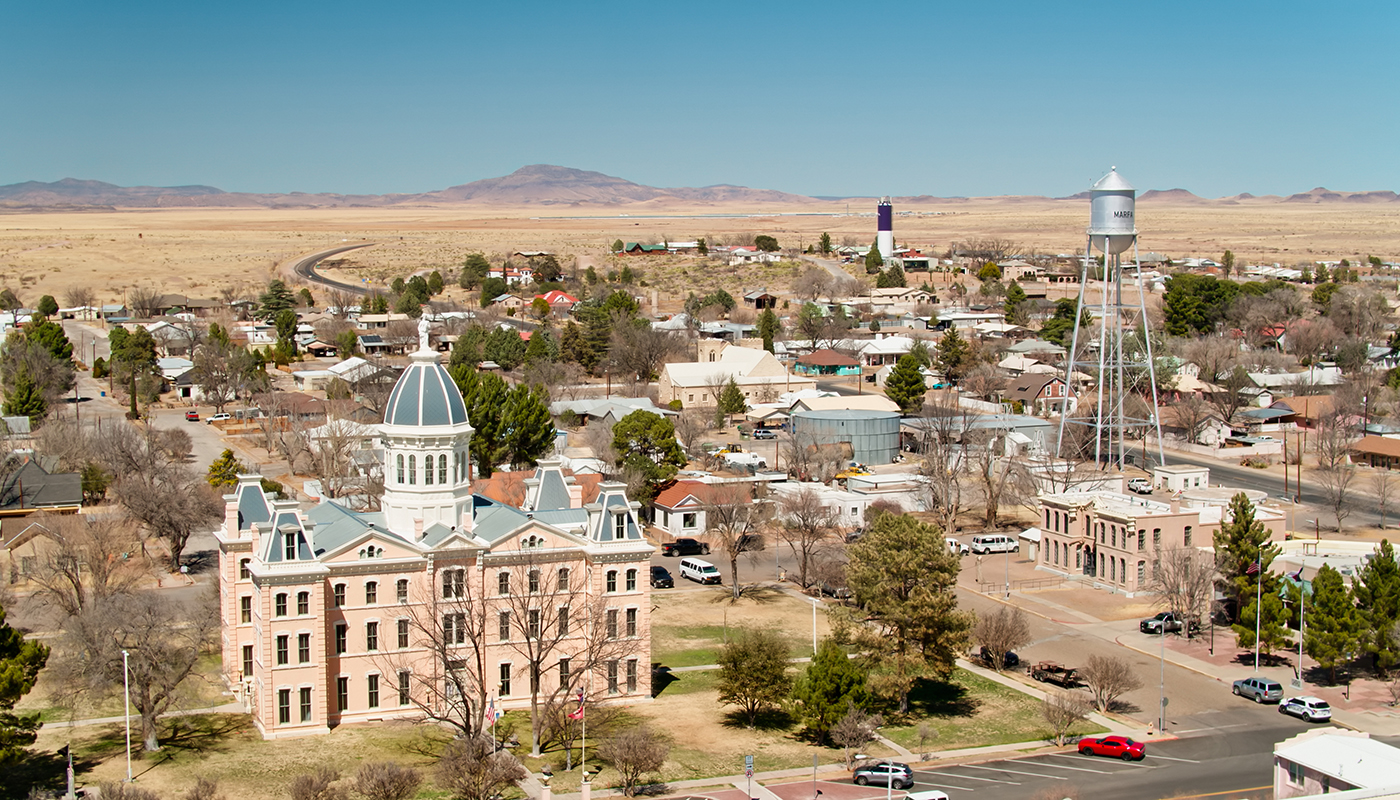 iStock
iStock
You’ll want to detour an hour and a half drive to the small-town arts community of Marfa (above). Most famous for the Instagram-popular Prada Marfa art installation (which is actually outside of the city of Marfa, in Valentine), there are several other sights to see in this charming desert town, including the dancing lights over the horizon after dark, known as the Marfa Lights. The mysterious lights can be seen best from the official Marfa Lights Viewing Area, 9 miles east of town on U.S. Highway 90.
Big Bend National Park gets its name from the sharp curve of the Rio Grande, which forms part of the boundary between United States and Mexico. The park is a hiker’s paradise, with more than 150 miles of desert and mountain trails to explore.
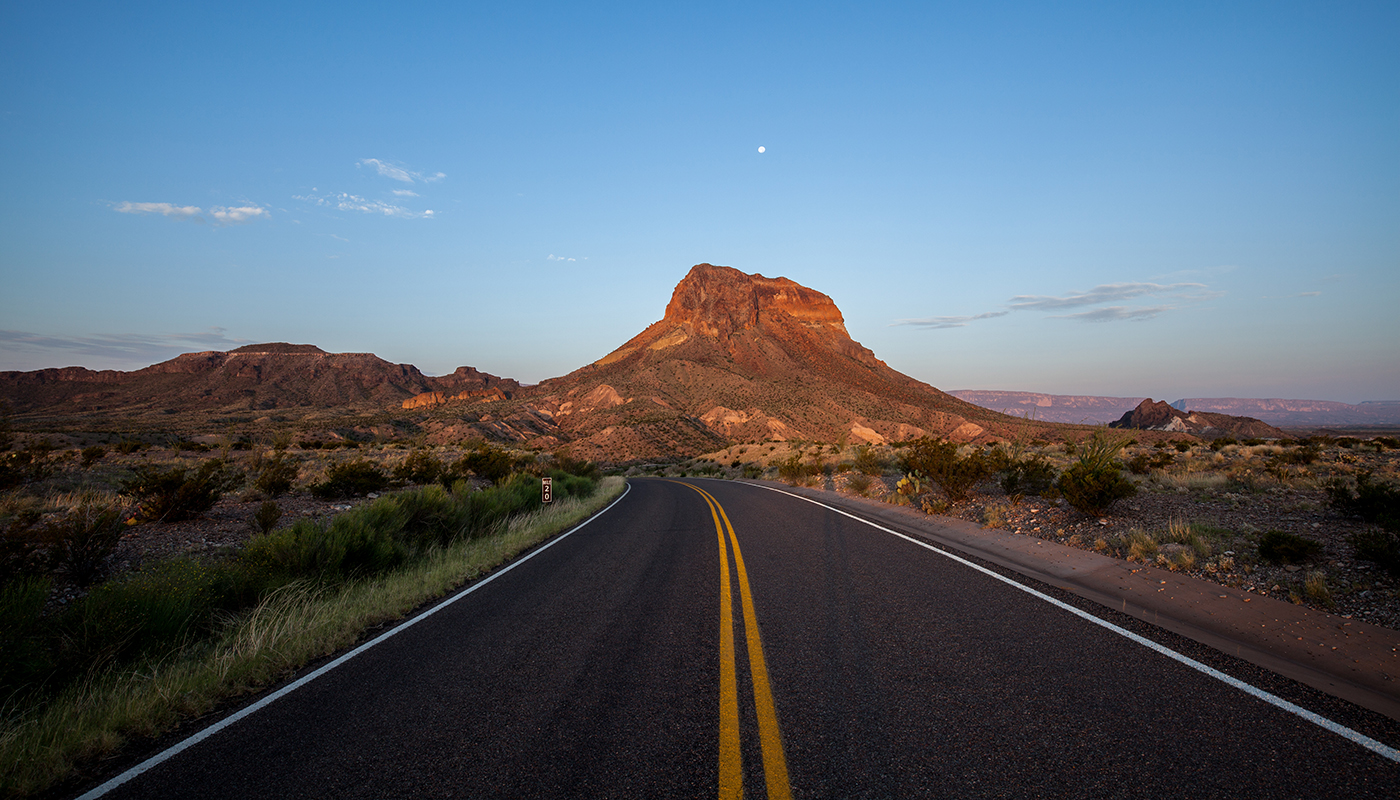 iStock
iStock
If you only have a little time to spend in the park, take the Ross Maxwell Scenic Drive (above). At the end of the drive, there’s a short 1.4-mile round-trip hike into the Santa Elena Canyon to see one of the park’s most scenic spots.
The award-winning Fossil Discovery Exhibit is another must-see. The exhibit, 8 miles north of Panther Junction, tells you about the 130-million-year fossil record, with over 1,200 fossils discovered in the park.
If you’re looking for a longer hike that is still easy to navigate, the Lone Mountain Trail is one of the best Big Bend National Park hiking trails for families. This 2.7-mile loop goes around the base of Lone Mountain, with beautiful views of the Chisos, Rosillos and Dead Horse mountains.
You won’t want to miss a stop at the ghost town of Terlingua. This town was once the home of the Chisos Mining Company, which was the leading U.S. producer of quicksilver. The company went bankrupt in 1942; miners left the town and their homes behind. Today, you’ll find charming lodging with beautiful vistas of the nearby national park, as well as tours of the remnants of the former boomtown.
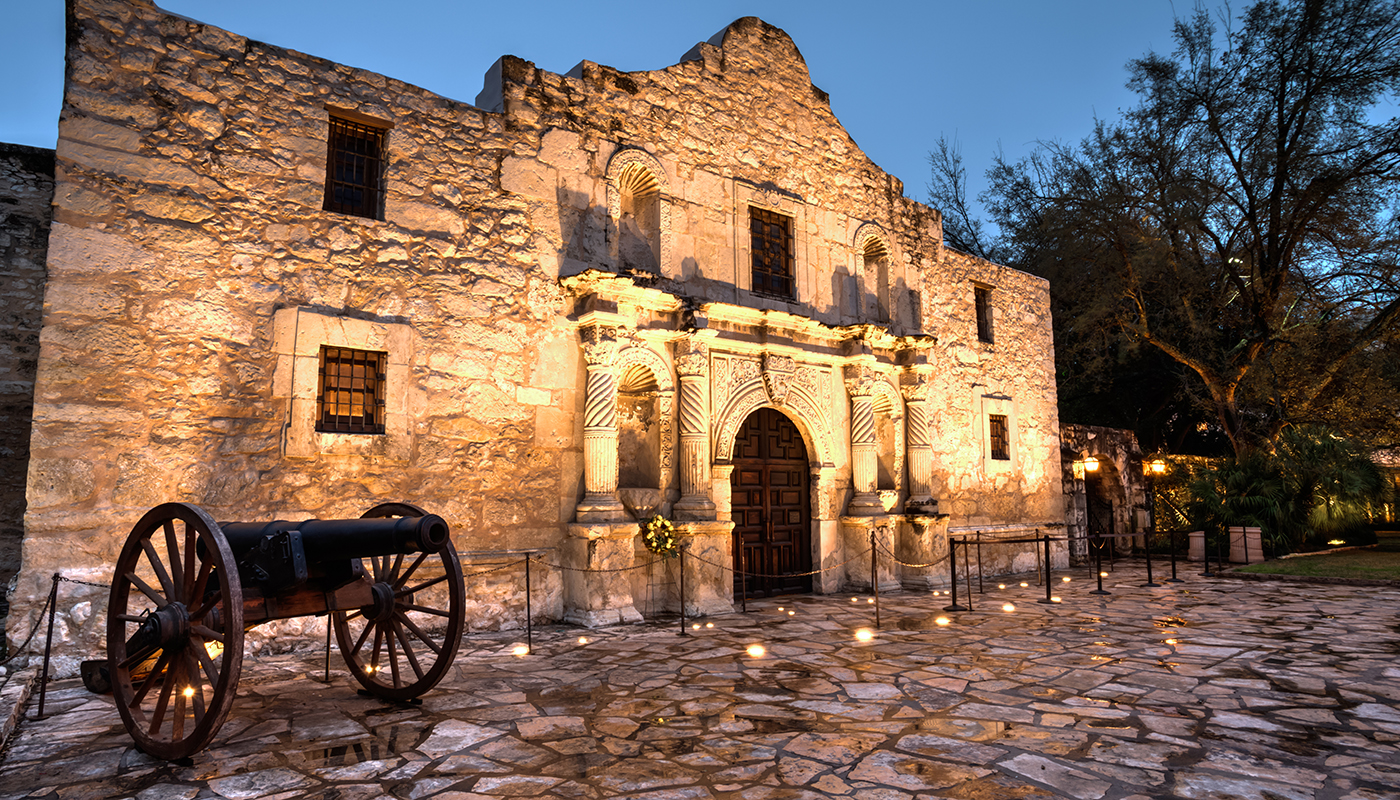 iStock
iStock
San Antonio, TX
The next stop is San Antonio. This central city is home to the famous Alamo and the beautiful San Antonio River Walk.
When you think of San Antonio, the first thing that probably comes to mind is the Alamo. This 18th-century Spanish mission has had the flags of several different nations flown over it. Still, it is best known as the site of the 1836 Battle of the Alamo, where Texas fought for its independence from Mexico. A visit to the Alamo takes you through the history of this UNESCO World Heritage Site with guided tours, collections of artifacts and a diorama of the Battle of the Alamo.
 iStock
iStock
Just steps away from the Alamo, you’ll find the bustling San Antonio River Walk, a 15-mile path along the San Antonio River where you can shop, dine and explore your way through downtown San Antonio. You can experience the river walk on foot, or you can hop on a river barge for a guided tour.
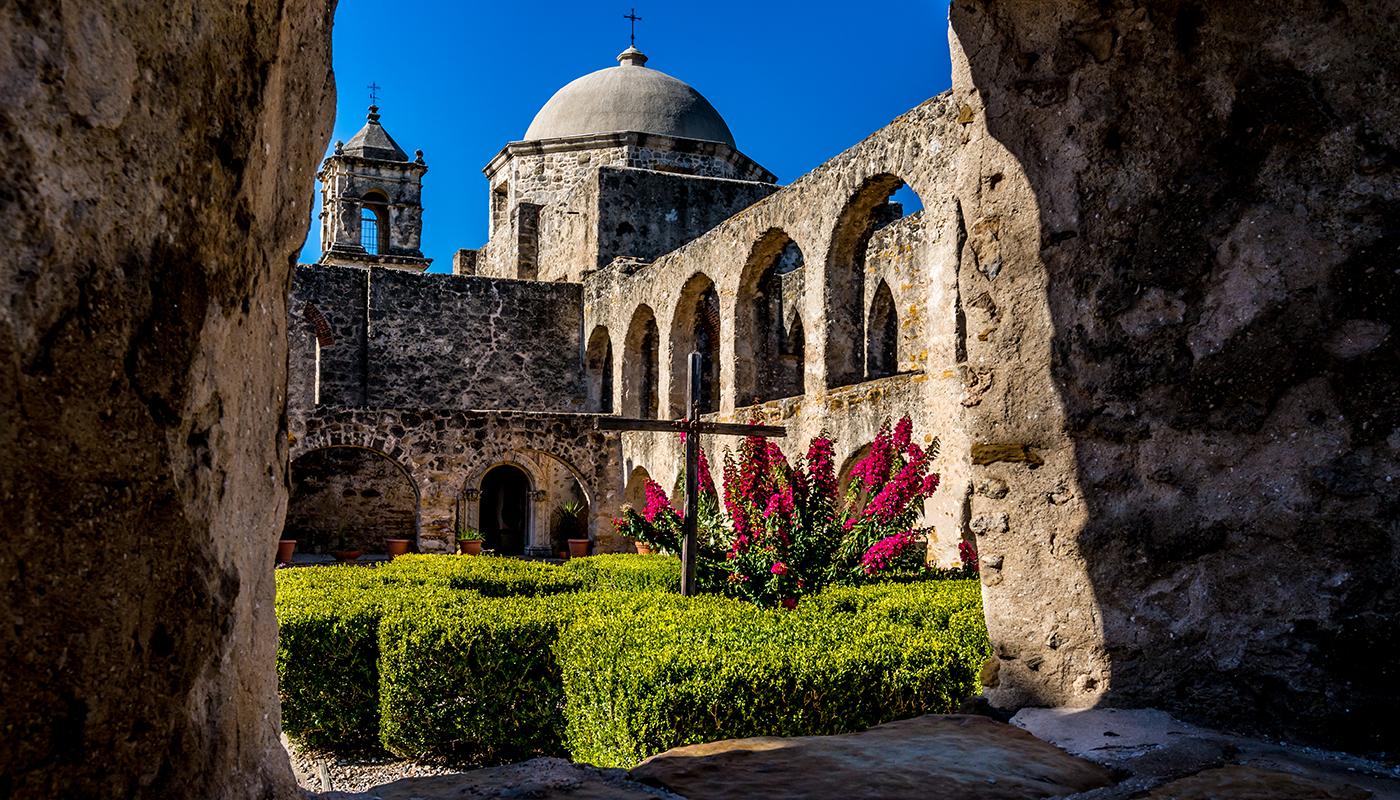 iStock
iStock
History buffs will appreciate a walk, bike or float along the river walk south of downtown to the San Antonio Missions National Historical Park. Referred to collectively as the San Antonio Missions, this park is a UNESCO World Heritage Site and includes Mission Concepción, Mission San José (above), Mission San Juan and Mission Espada.
The next stop is Natural Bridge Caverns. Discovered in 1960 by four students from nearby St. Mary’s University, this natural attraction is a cavern 180 feet underground. You can explore through guided tours to see beautiful natural rock formations like stalagmites, stalactites and soda straws.
Fredericksburg, TX
Continue your route north from San Antonio to Texas Hill Country and a stop in charming Fredericksburg. This small town is a German enclave, famous for its many wineries and vineyards and its annual holiday festival.
 iStock
iStock
Founded in 1846 by German immigrants, Fredericksburg still honors its rich history with food, architecture and museums. Walk down Main Street, and you’ll find the Pioneer Museum showcasing buildings and artifacts of the town’s first German settlers.
Another nod to the town’s heritage is the annual holiday festival called Weihnachtszeit. Fredericksburg becomes a holiday haven from Thanksgiving to Christmas each year, with festive decorations along Main Street, nightly Christmas tree and German Christmas pyramid lightings, and ice-skating at an outdoor rink in the Marktplatz.
Don’t let car trouble put the brakes on your Texas adventure. We’ll tell you what maintenance you can do to help avoid disaster on the road.
Learn More >>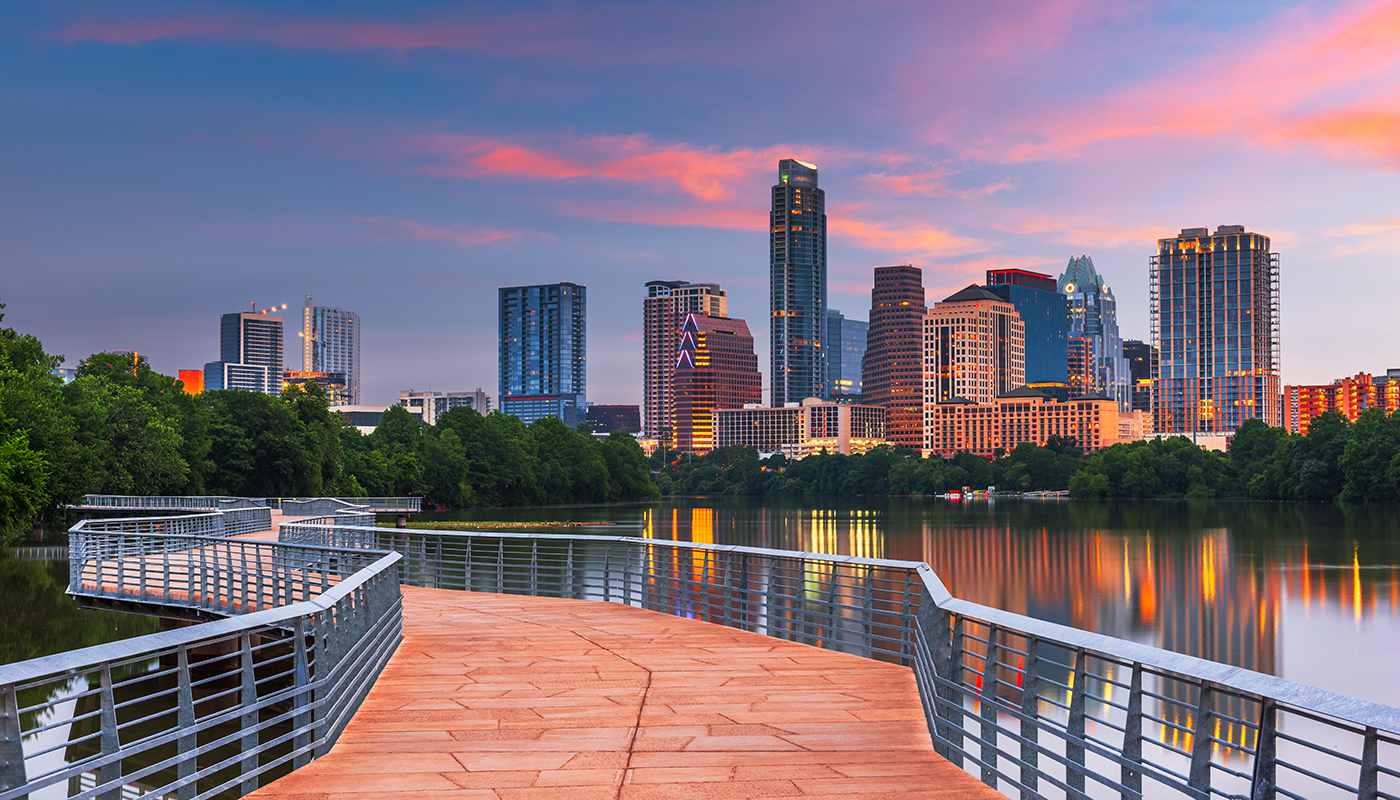 iStock
iStock
Austin, TX
Another must-see destination in central Texas, Austin is known for its laid-back vibe and vibrant live music scene—and as home to some of the best barbecue in the state.
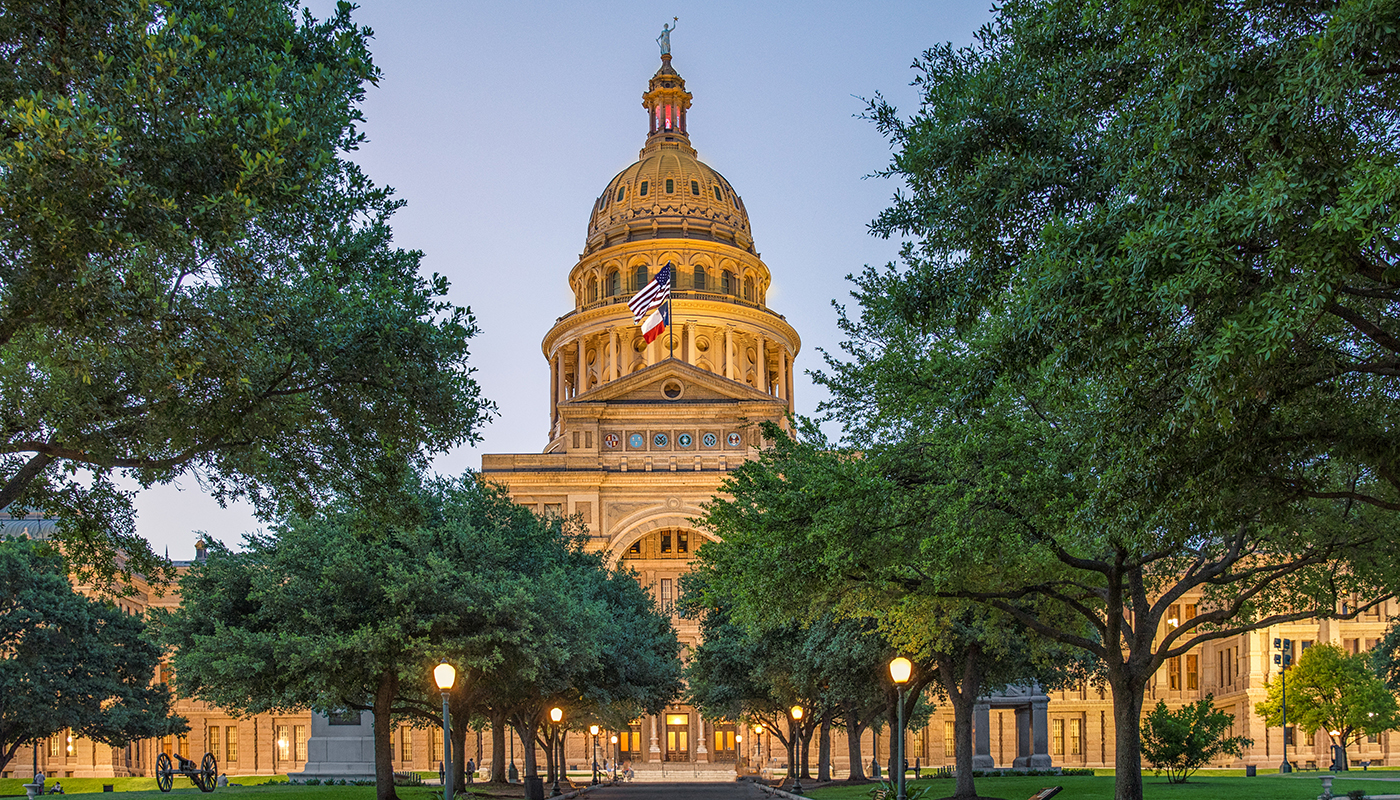 iStock
iStock
Because everything is bigger in Texas, Austin’s state Capitol building is taller than the U.S. Capitol in Washington, D.C. Stop by the Texas Capitol building to see artifacts used to build the structure and historic Lone Star artwork, and read the sheet music for the “Texas State Capitol Grand Waltz,” written for the building’s dedication in 1888.
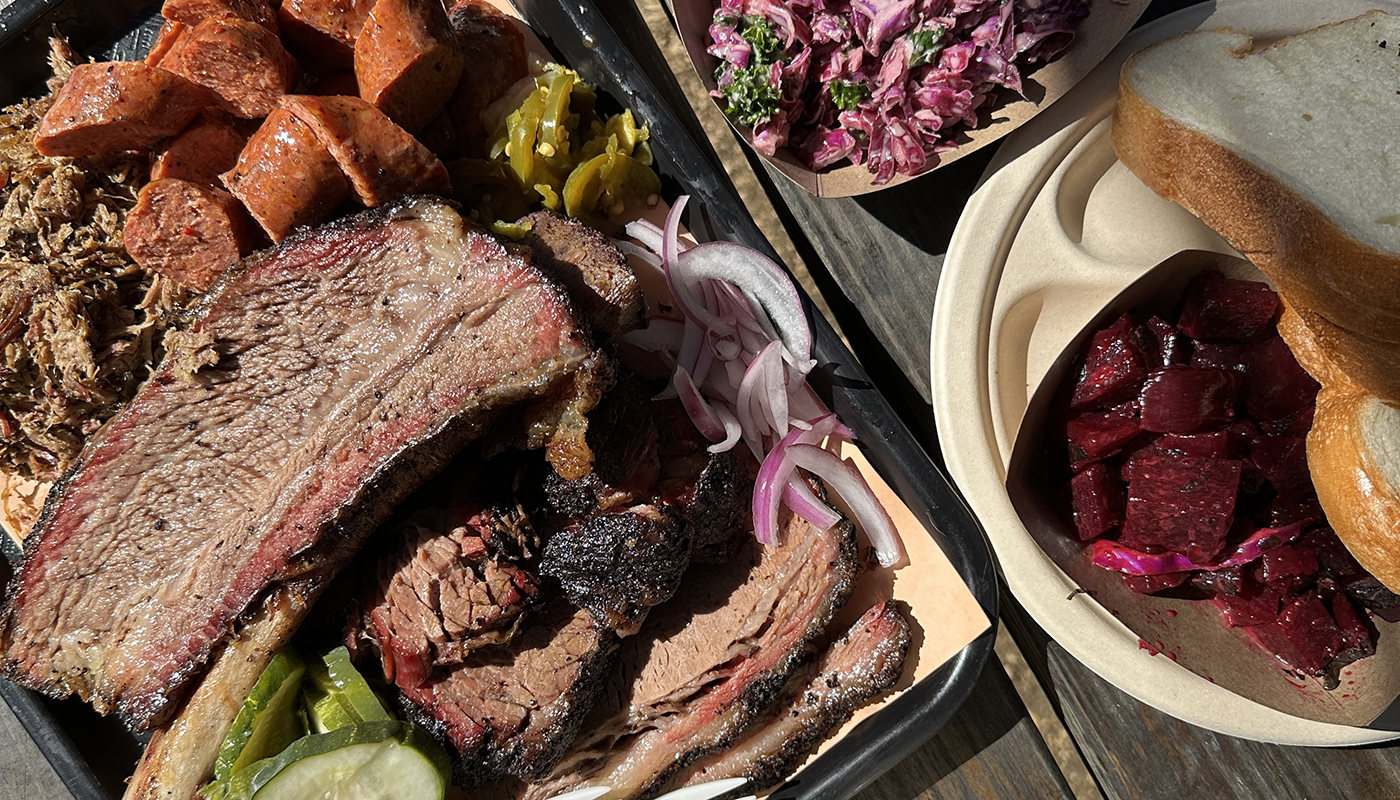 iStock
iStock
While you’re staying downtown, make your way to the Red River Cultural District to see why Austin is known as the Live Music Capital of the World. Here, you’ll find iconic music venues like Stubb’s Bar-B-Q and Mohawk, as well as great restaurants and a mural paying homage to some of Austin’s most influential musicians.
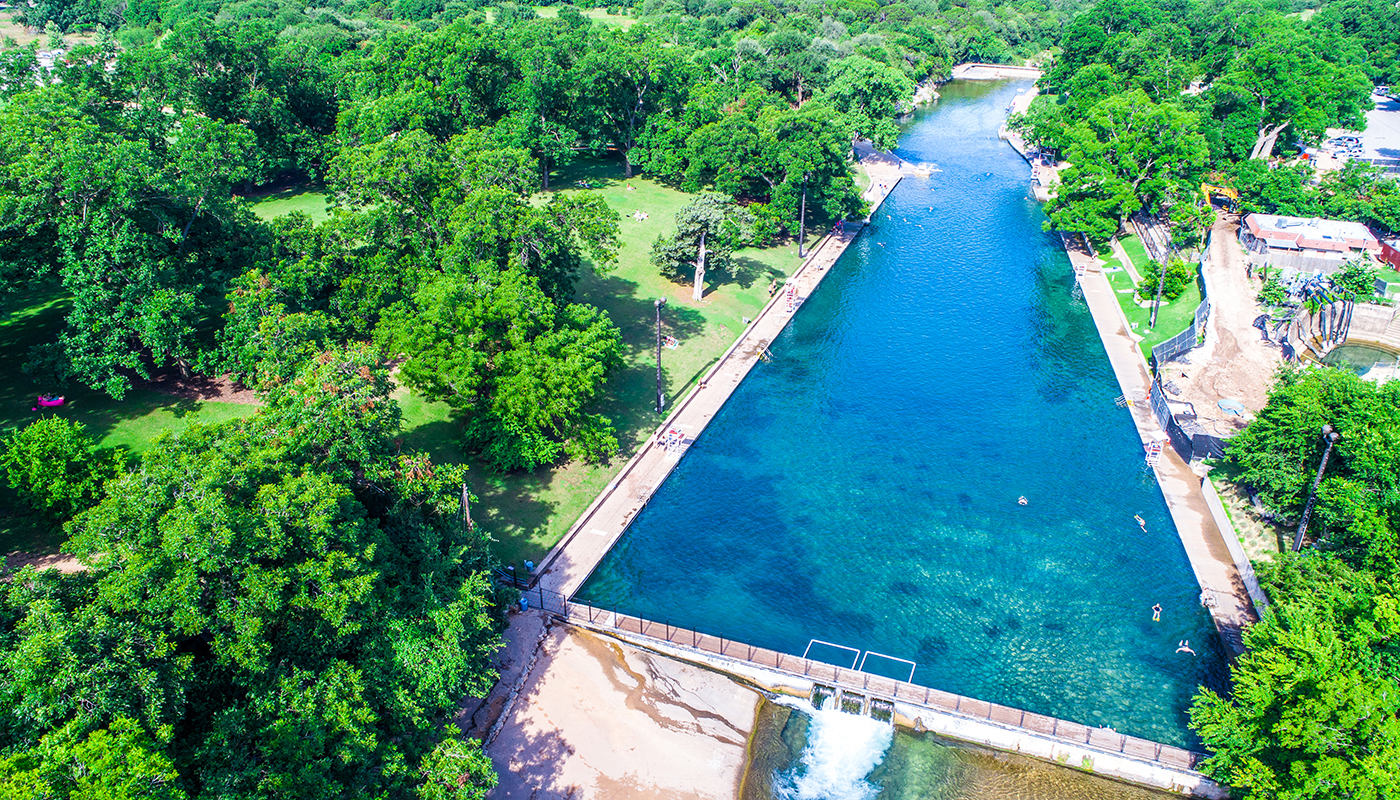 iStock
iStock
Ready to cool off after a day of adventure? Check out one of Austin’s swimming holes throughout the city. In Zilker Metropolitan Park, you’ll find Barton Springs Pool, full of crystal-clear water that is 68 degrees year-round. Deep Eddy Pool is the state’s oldest swimming pool, filled with the cold waters of a nearby spring. Take a 40-minute drive northwest of the city to the ethereal Hamilton Pool Preserve. Reservations are needed to visit this swimming hole, which offers views of a 50-foot waterfall as well as hiking and trail running.
On your way back into town, stop at the Lady Bird Johnson Wildflower Center. This 284-acre campus, part of The University of Texas at Austin, is dedicated to conserving native plants. In 2017, it was designated the state botanic garden and arboretum; it features 1,000 species of Texas native plants. Here, you can also find semi-annual Texas native plants sales, so you can take home Texas wildflowers like bluebonnets, milkweed and Texas sage.
Our final stop in Austin is the LBJ Presidential Library, a 30-acre site on The University of Texas at Austin’s campus. This library features exhibits like an animatronic version of the 36th president of the United States, known for spinning tales, reciting jokes and educating visitors about his presidency. The museum also holds 45 million pages of historical documents, 650,000 photos and 5,000 hours of recordings from President Johnson’s political career.
While not officially on our route, Waco is 102 miles north of Austin on Interstate 35. This small college town was put on the map in 2013 by a television show featuring a then-unknown couple from Waco named Chip and Joanna Gaines. The show, Fixer Upper, features the couple turning rundown homes into dream homes in a signature farmhouse style. (Shiplap, anyone?)
The couple built Magnolia Market in 2015, which has become a highlight of a visit to Waco. Around Magnolia Market, you’ll find food trucks; the Silos Baking Co., where you can get the appropriately named “Shiplap” vanilla cupcake with vanilla buttercream icing; as well as shops and the couple’s coffee company, Magnolia Press. Don’t miss a scrumptious breakfast at the couple’s The Magnolia Table restaurant.
Ready to plan your trip to Texas? AAA TripTik is here to help.
Let's Go >>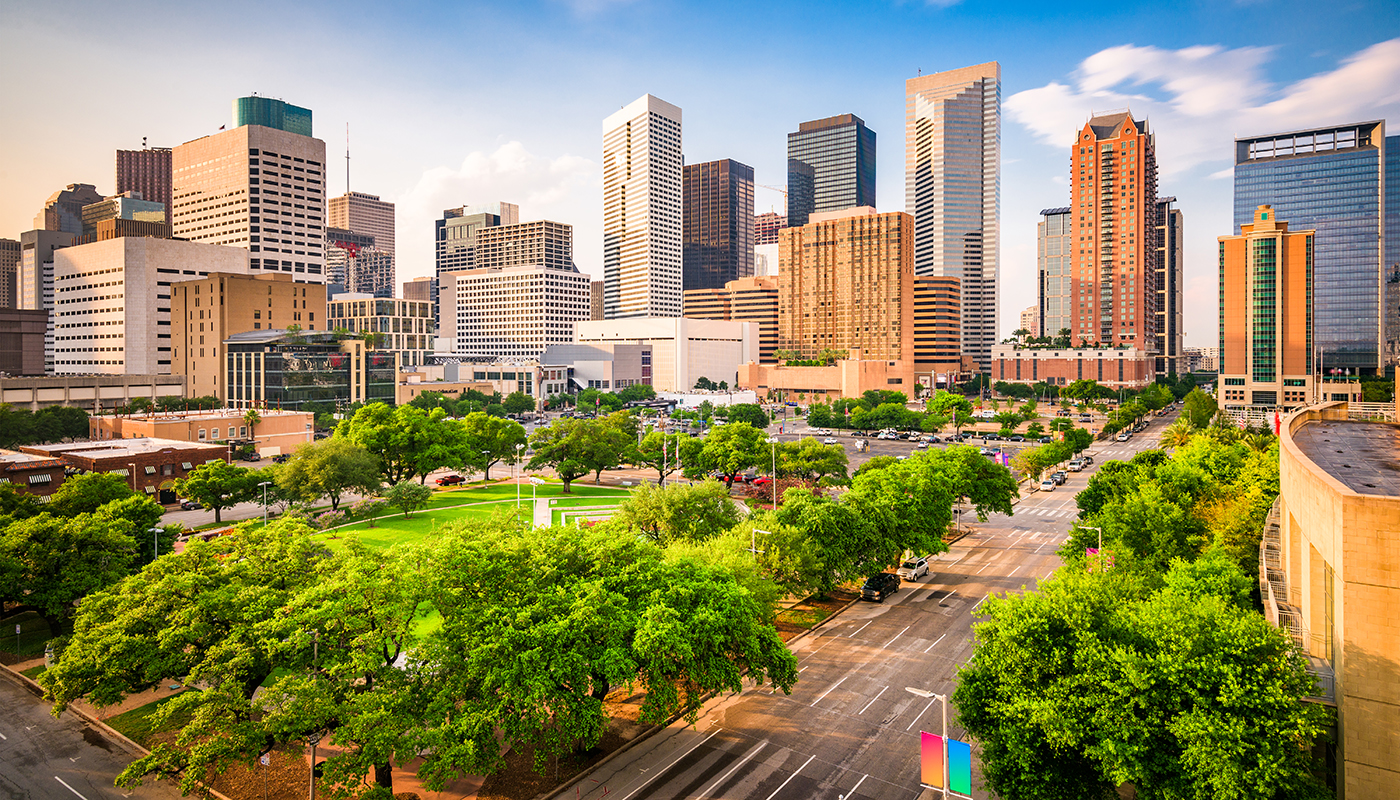 iStock
iStock
Houston, TX
No trip to Texas is complete without a visit to Houston and NASA’s Johnson Space Center, where there have been substantial technological advances and discoveries since 1961.
Part of the center is the Space Center Houston museum, which educates visitors about science and space exploration. You can see a spacesuit collection from the Apollo missions, discover what it takes to travel to Mars and get a close-up look at the SpaceX Falcon rocket, with two boosters on display.
For history that is less out-of-this-world, head to the Houston Museum of Natural Science in the Museum District on the edge of Hermann Park. This museum features exhibits about the natural world, from an immersive butterfly habitat to an exhibition on ancient Egypt; a hall of gems; and displays of natural and manufactured curiosities. This museum is designed to make you think.
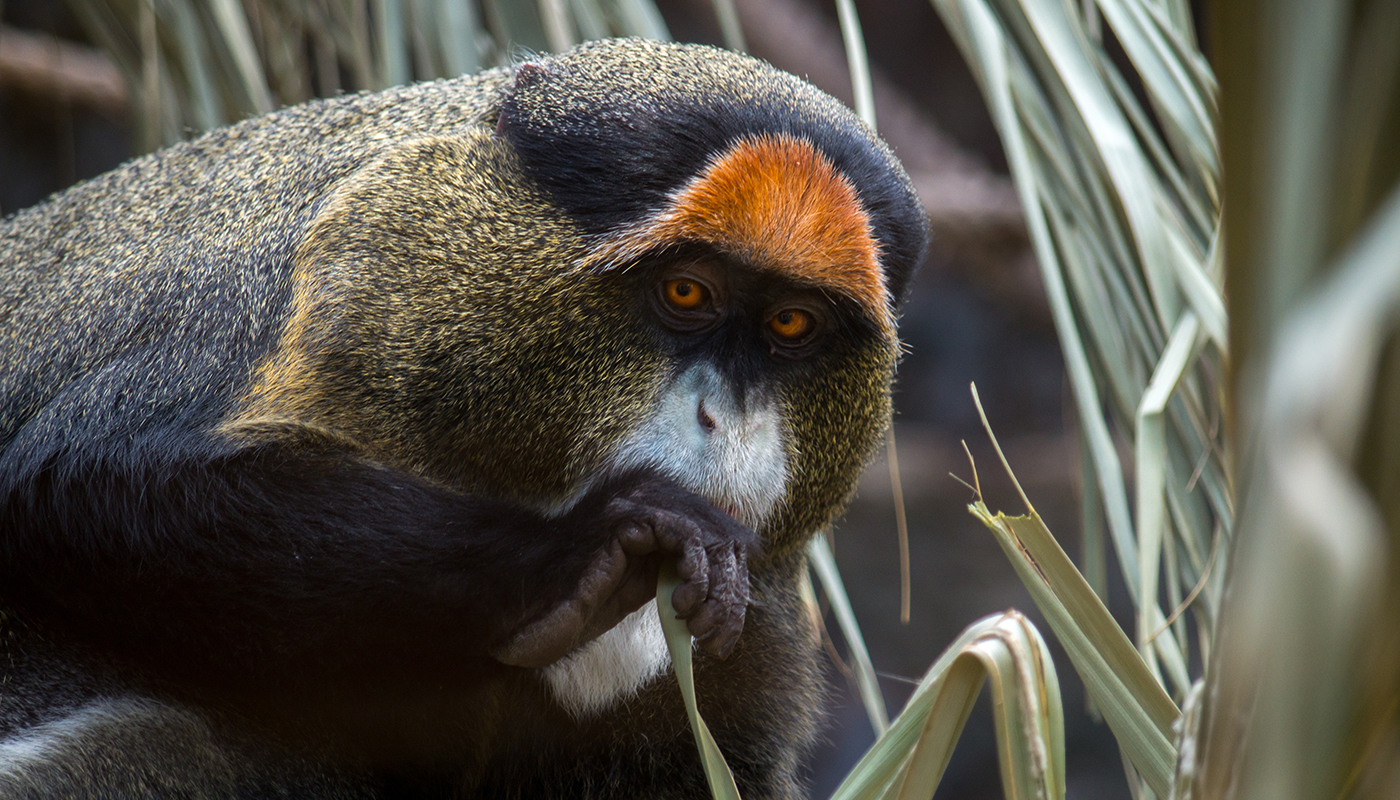 iStock
iStock
After our tour of museums, it’s time to explore the outdoors. Hermann Park Conservancy is a 445-acre urban park packed with activities. You can golf, visit the Houston Zoo, take a ride on the park’s 2-mile railroad or visit the McGovern Centennial Gardens. You could spend a whole day discovering everything this park and Houston have to offer.
Be sure to check in with Westin Houston for AAA rates on lodging.
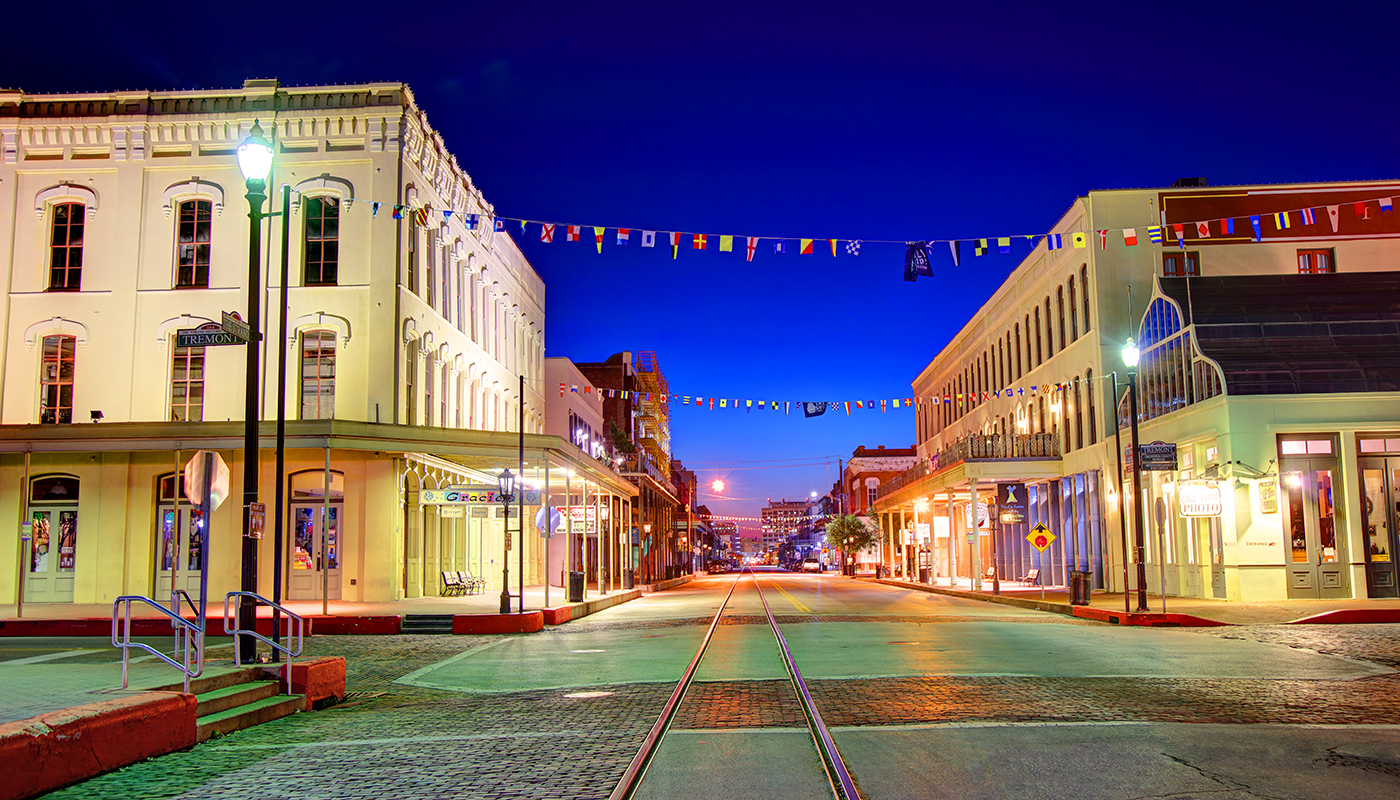 iStock
iStock
Galveston, TX
Our final stop on this epic Texas road trip is south to the Gulf of Mexico, to the island city of Galveston. The birthplace of Juneteenth, it is here on June 19, 1865, where emancipation of the last enslaved African Americans occurred—two years after the Emancipation Proclamation. Take a guided tour of some of the city’s historical landmarks or visit the Nia Cultural Center to journey through African American history from the 1800s to present day.
Galveston Island State Park offers many ways to experience the Gulf Coast’s great outdoors. You can swim, birdwatch, mountain bike, kayak and hike your way through this 2,000-acre state park to experience the diverse island ecosystem that is home to marsh rabbits, armadillos, spotted seatrout, redfish and flounder. For an up-close view of the park, take your kayak or canoe on any of the paddling trails, which range in length from 2.6 to 4.8 miles. Find the rest you deserve after adventuring all day at Springhill Suites where you can enjoy AAA discounts.
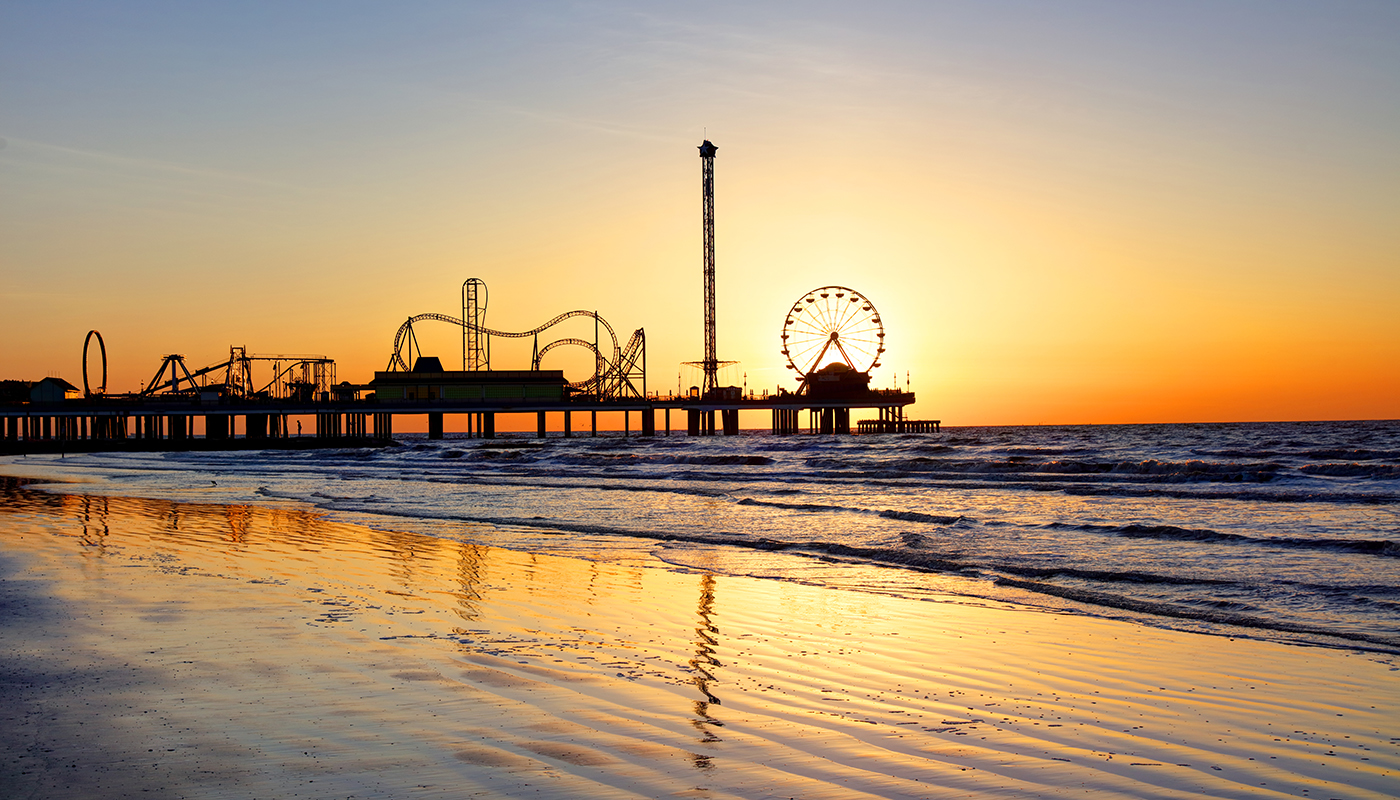 iStock
iStock
It’s a 12-mile drive from the serene state park to Galveston’s thrill-seeking playground: the Galveston Island Historic Pleasure Pier (above). This historic pier was the largest of its kind in the late 1940s but was hit by Hurricane Carla in 1961 and again in 2008 by Hurricane Ike, leaving the pier and nearby seawall severely damaged. The area was renovated in 2012 to include 16 rides at the amusement park, midway games along the boardwalk, and new retail shops and restaurants to attract visitors. Take a ride on the Texas Star Flyer to view the pier and Gulf Coast from 230 feet above sea level, cool off on the Pirate’s Plunge water ride, and grab a bite at one of the food venues.
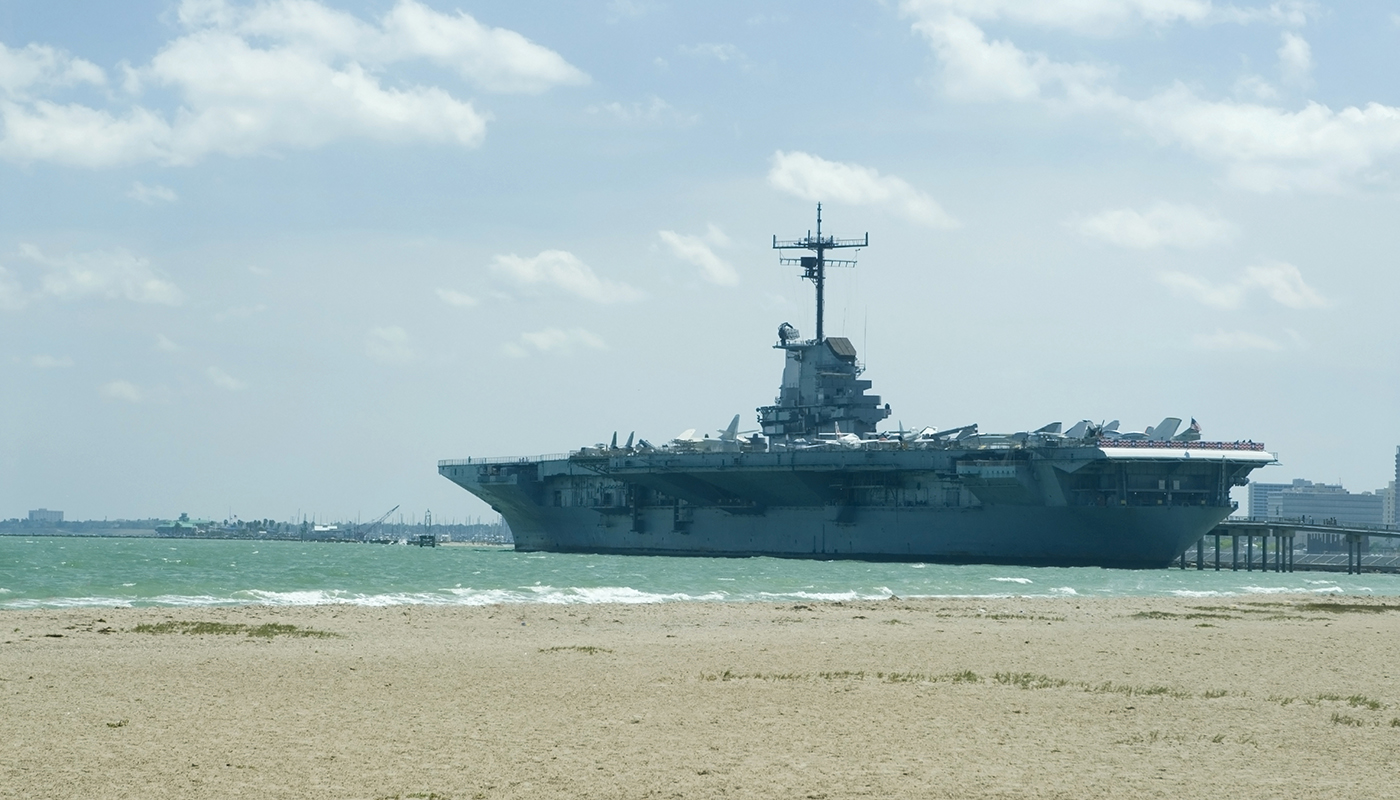 iStock
iStock
Are you looking for more Texas Gulf Coast adventures? Head south along the coast to Corpus Christi, the city nicknamed the “Texas Riviera.” Here, you can visit the USS Lexington (above), an aircraft carrier turned floating museum filled with World War II naval history; the public Texas State Aquarium, which is dedicated to education about and the rehabilitation of Gulf of Mexico and Caribbean wildlife; and the Texas Surf Museum to learn about the history of surfing in Corpus Christi.
 iStock
iStock
A trip to the southern Gulf Coast isn’t complete without visiting the nearby barrier islands of Padre Island and South Padre Island. Though the islands are right next to each other, they couldn’t be more different. On Padre Island, you’ll find the Padre Island National Seashore, which at 66 miles long, is the longest undeveloped barrier island in the world. This island is perfect for nature lovers looking to explore the area via camping, fishing and even oceanside horseback riding. Laguna Madre Nature Trail in the Padre Island National Seashore is a 1,500-foot boardwalk that crosses 4 acres of marshland, perfect for birdwatching.
South Padre Island is a very different experience from the serenity of Padre Island. South Padre Island is a resort community with hotels, restaurants and nightlife. It has a reputation for being a party destination, especially during the spring break months, so be aware if you are traveling to the area in the spring. To experience nature on the only tropical island in Texas, head to the South Padre Island Birding, Nature Center & Alligator Sanctuary to see some of the diverse wildlife species that call this beautiful island home or visit Sea Turtle, Inc. to see the conservation and rehabilitation of endangered native sea turtles.
Traveling to Texas? AAA saves you time and money.
Our Texas road trip took us to cities big and small, mountains and beaches and everywhere in between. Plan your adventure through the Lone Star State with AAA, where your membership can save you money on lodging, experiences, food and gas. Use AAA TripTik planners to save time when putting together your trip. A TripTik gives you information about everything on your route, from recent gas prices to pet-friendly hotels. A TripTik makes navigating the open road a breeze.